While the bald eagle is the national bird of the United States of America and a conservation success story, it isn’t the only national bird. And arguably, it’s not even the coolest. The majority of countries recognize non-eagle avian symbols. Some have significant local appeal.
Others are showcased for their conservation value. Many favorites are simply epic. Here are a few of the most fascinating national birds.
Top 10 List
-
First, About the Bald Eagle
United States of America
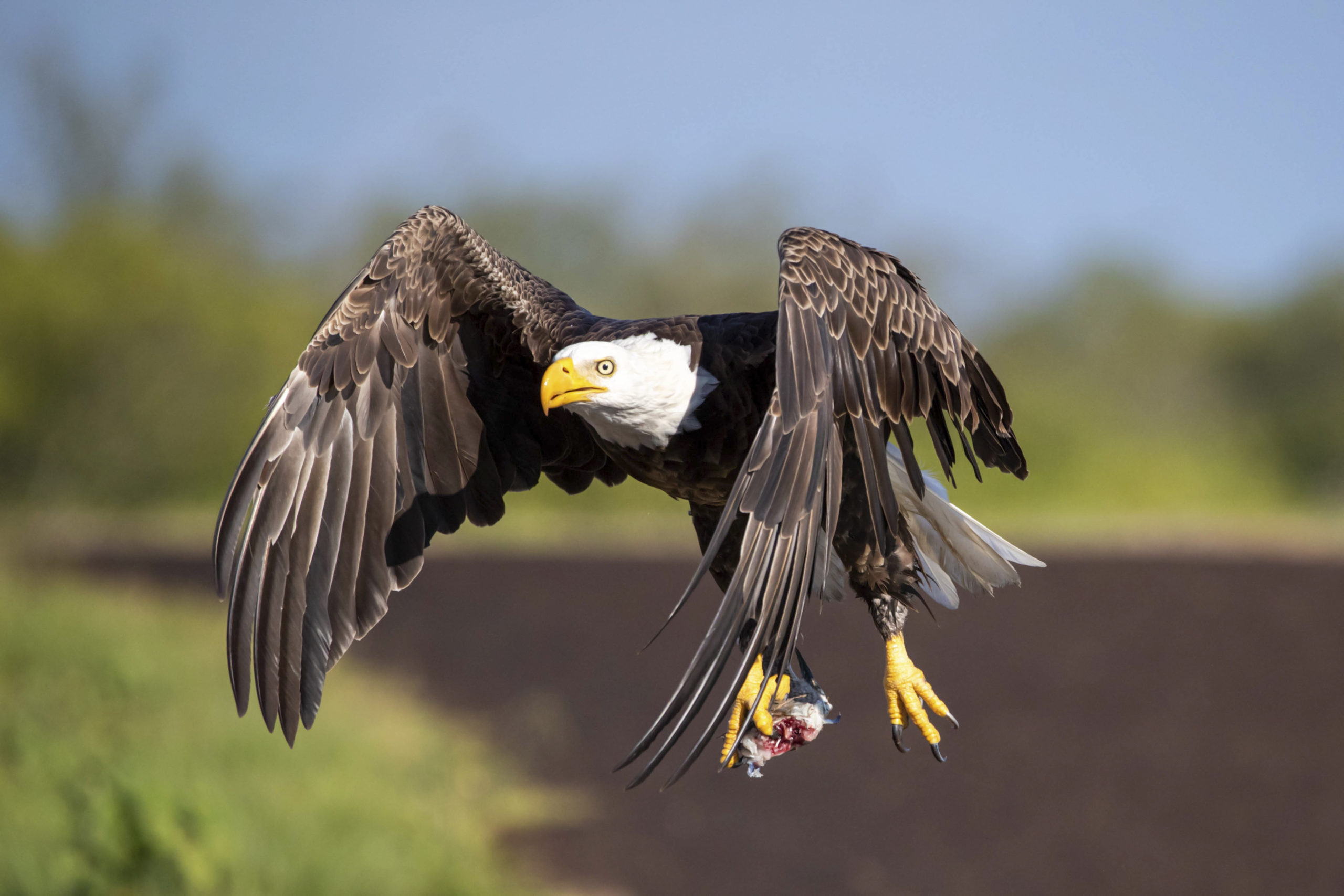
© Roxana Walters/TNC Photo Contest 2019 The bald eagle was included as part of the seal of the United States of America in 1776, although Congress didn’t officially adopt the seal until 1782. Seven years later the bald eagle was declared the national bird. Ben Franklin proposing the turkey as a better choice is a bit of a myth. After the fact he did grumble about the selection in a private letter, but he never stood in the way of the soaring symbol.
The bird was chosen in part because it was a symbol of strength for the Roman Empire. It’s not an uncommon selection. Worldwide eagle symbols include golden eagle (national animal of Austria, national bird of Albania, Mexico, Kazakhstan, Scotland, Serbia, and Germany), African fish eagle (Namibia, Zambia, Zimbabwe), harpy eagle (Panama), Javan hawk-eagle (Indonesia), Philippine eagle (Philippines), and the white-tailed eagle (Poland).
-
Canada Jay
Canada
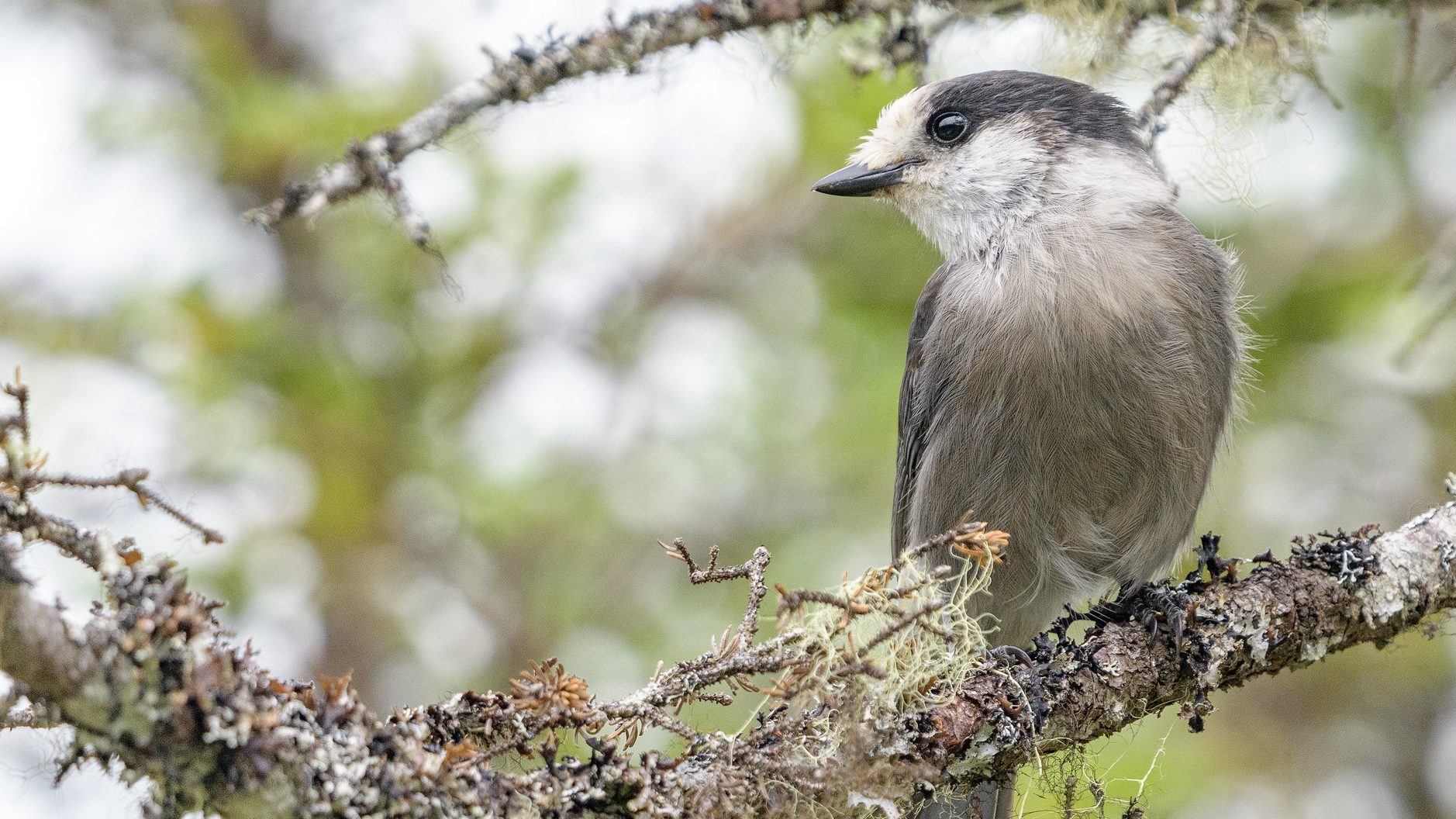
© Becky Matsubara / Flickr While the US was a trend-setter by declaring an official bird more than 200 years ago, Canada was late to the game. The maple leaf has been on Canadian military uniforms since the 1850s, but it took until 2017 for a bird to become an official symbol in the country.
The Canada jay, sometimes referred to as gray jay or whiskey jack, beat out four other top contenders for the honor including Canada goose, common loon, snowy owl, and black-capped chickadee. The loon won the popular vote, but the final selection ultimately came down to the Royal Canadian Geographic Society. The committee felt that many of the other species were already provincial birds, so it was best to select a new symbol with coast-to-coast appeal.
-
Bermuda Petrel
Bermuda
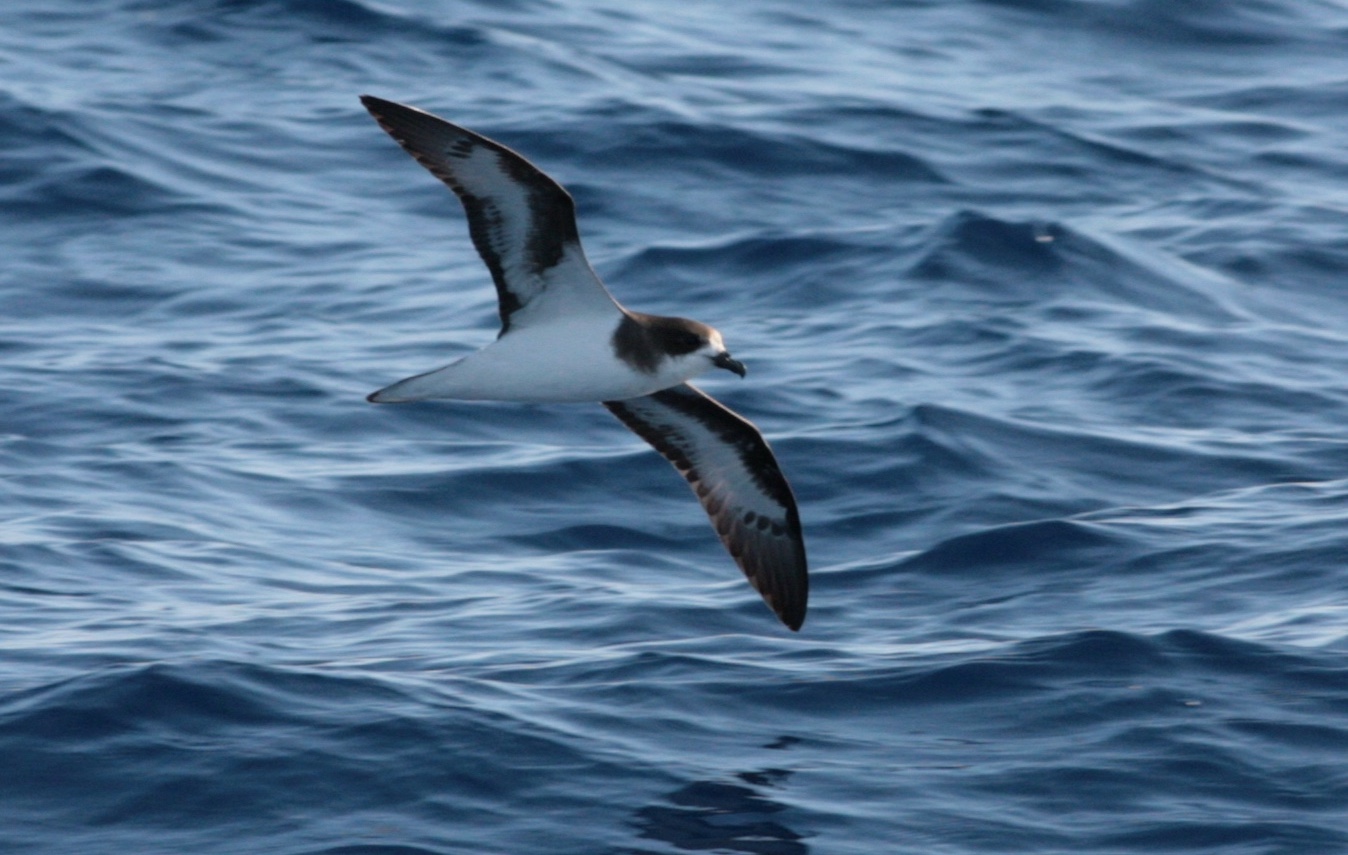
© n88n88 / Flickr The Bermuda petrel or cahow is the avian mascot for the British Overseas Territory of Bermuda. For more than 300 years the seabird was once thought to be extinct. Still critically endangered, the species has been subject to extraordinary conservation efforts since its rediscovery in the 1950s.
Bermuda’s first conservation officer Dr. David Wingate has been spearheading a huge ecological restoration project on Nonsuch Island since 1962, and now his successor Jeremy Madeiros has taken the reins. In addition to extensive habitat work, cahow and other native species of birds have been relocated to the area.
The petrels are using artificial nesting burrows, and you can watch the action thanks to the cahow cam. The global population remains under 500 birds.
-
Hoatzin
Guyana
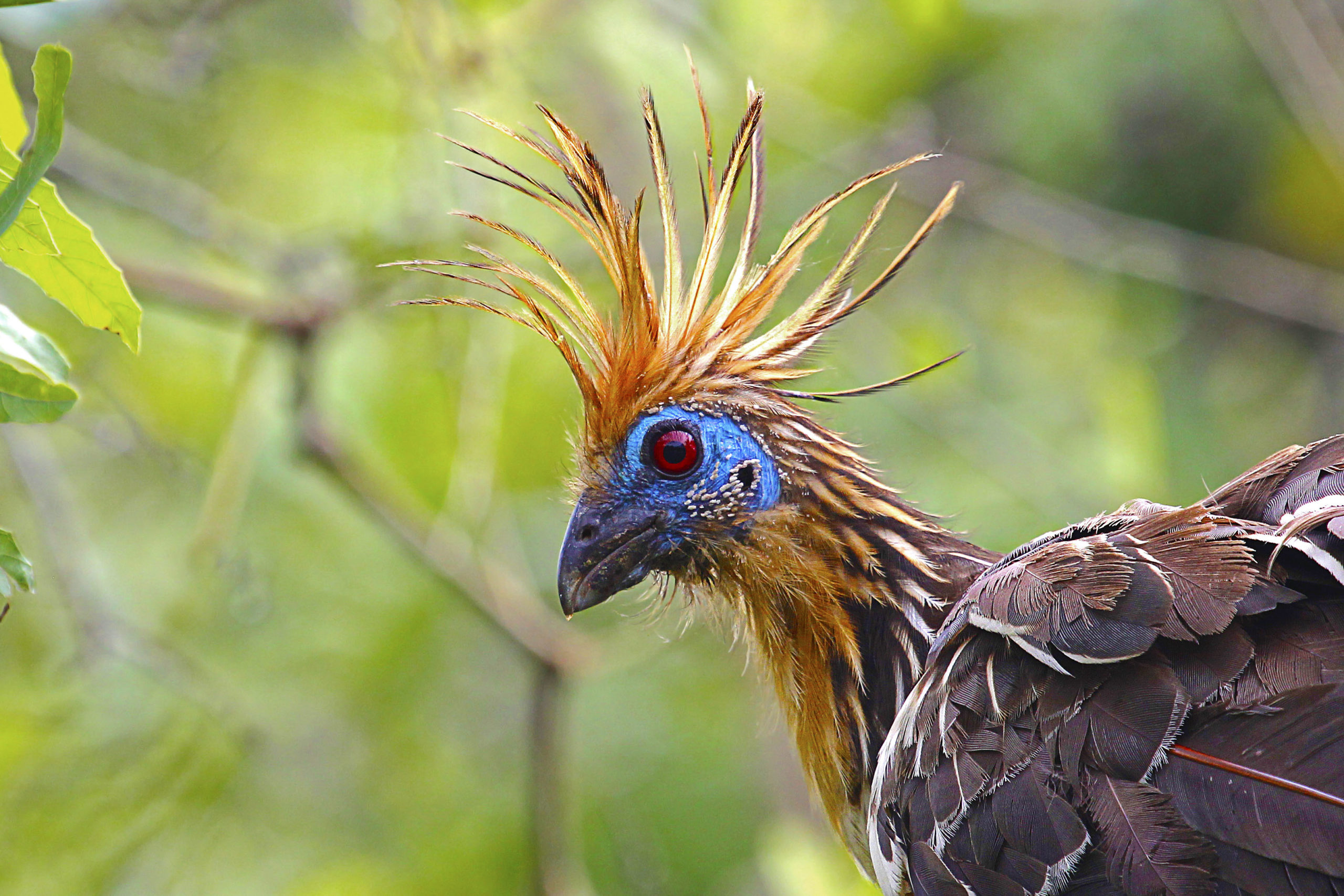
Hoatzin © Gabriel Belloc/TNC Photo Contest 2019 Plenty of countries in Central and South America have selected flamboyant birds as their national symbols. The iconic scarlet macaw for Honduras. The exquisite resplendent quetzal of Guatemala. The unmistakable keel-billed toucan in Belize.
Guyana on the other hand, has chosen the hoatzin, often referred to as the Canje pheasant locally. Long wispy feathers on the head and neck give the species a bit of a disheveled look. Blue skin around the face and bright red eyes provide added flair. A pair of claws on the wings of young birds are reminiscent of Archaeopteryx, although the idea that the hoatzin is “primitive” due to its dinosaurian looks is another avian myth.
-
Andean Condor
Bolivia, Chile, Colombia, Ecuador
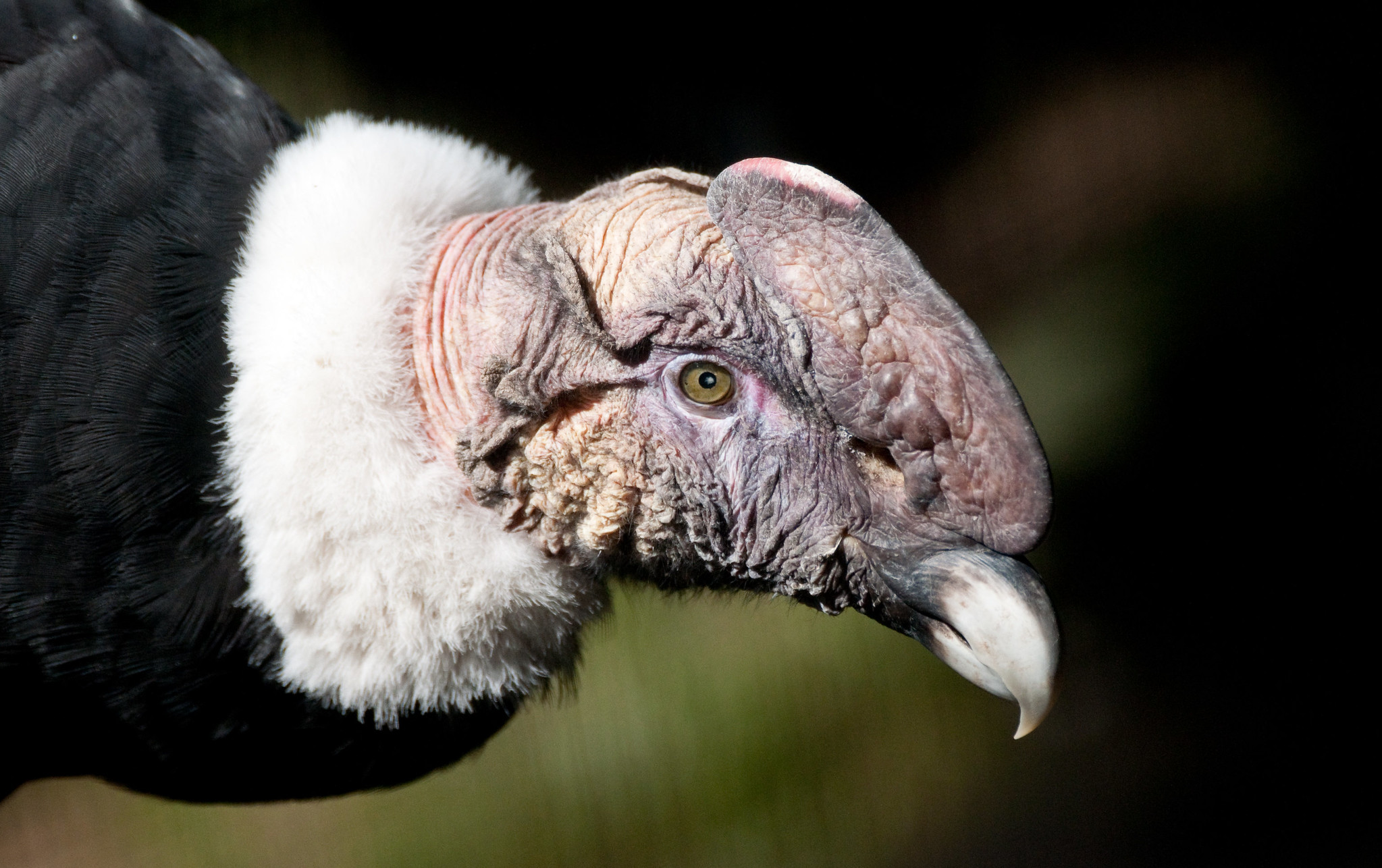
A captive Andean condor. © Eric Kilby / Flickr Like Guyana, some countries have selected unique bird species to claim as their own, but in other cases, some of the most iconic birds are adopted by numerous locations. For various reasons the regal Andean condor has been bestowed with the national bird title for Bolivia (for boundary-less pursuit), Chile (for strength), Colombia (for liberty and order), and Ecuador (for power, grandeur, and valor).
The Andean condor is regarded as the largest bird when factoring in both wingspan and mass. They are primarily scavengers eating almost exclusively carrion.
Top 10 List
-
Rufous Hornero
Argentina & Uruguay
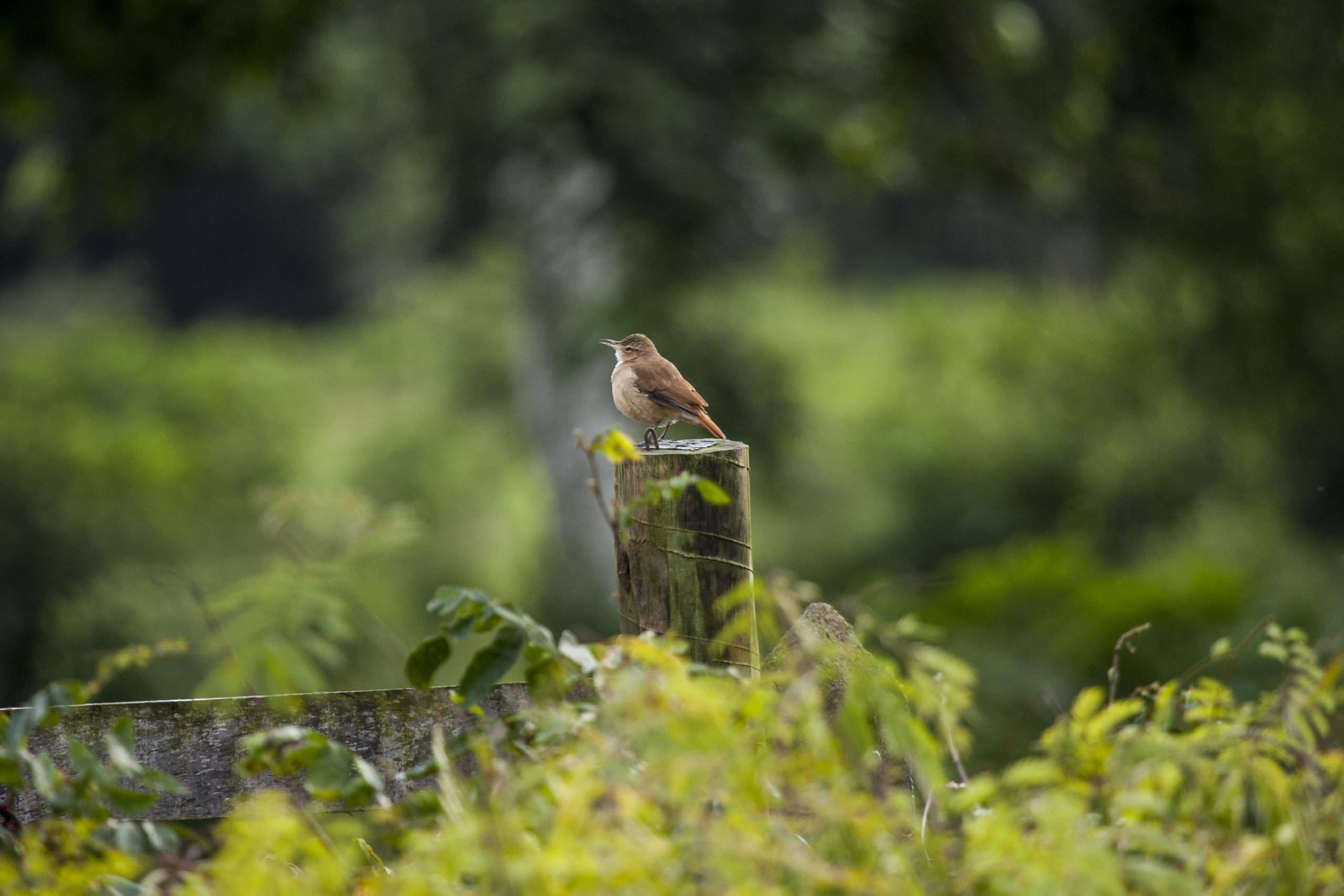
A Rufous Hornero (Furnarius rufus), a medium-sized ovenbird in the family Furnariidae, rests on a fence post, Brazil. © Devan King/TNC The Andean condor was also a favorite choice for the national bird of Argentina, according to a 1928 newspaper contest for schoolchildren. But a plea and a poem from ornithologists helped sway that country into ditching the condor and embracing the rufous hornero instead.
As horno is Spanish for oven, the hornero name is a nod to the mud domed nests that resemble ovens. The birds, especially their calls, are associated with good luck and prosperity.
-
Andean Cock-Of-The-Rock
Peru
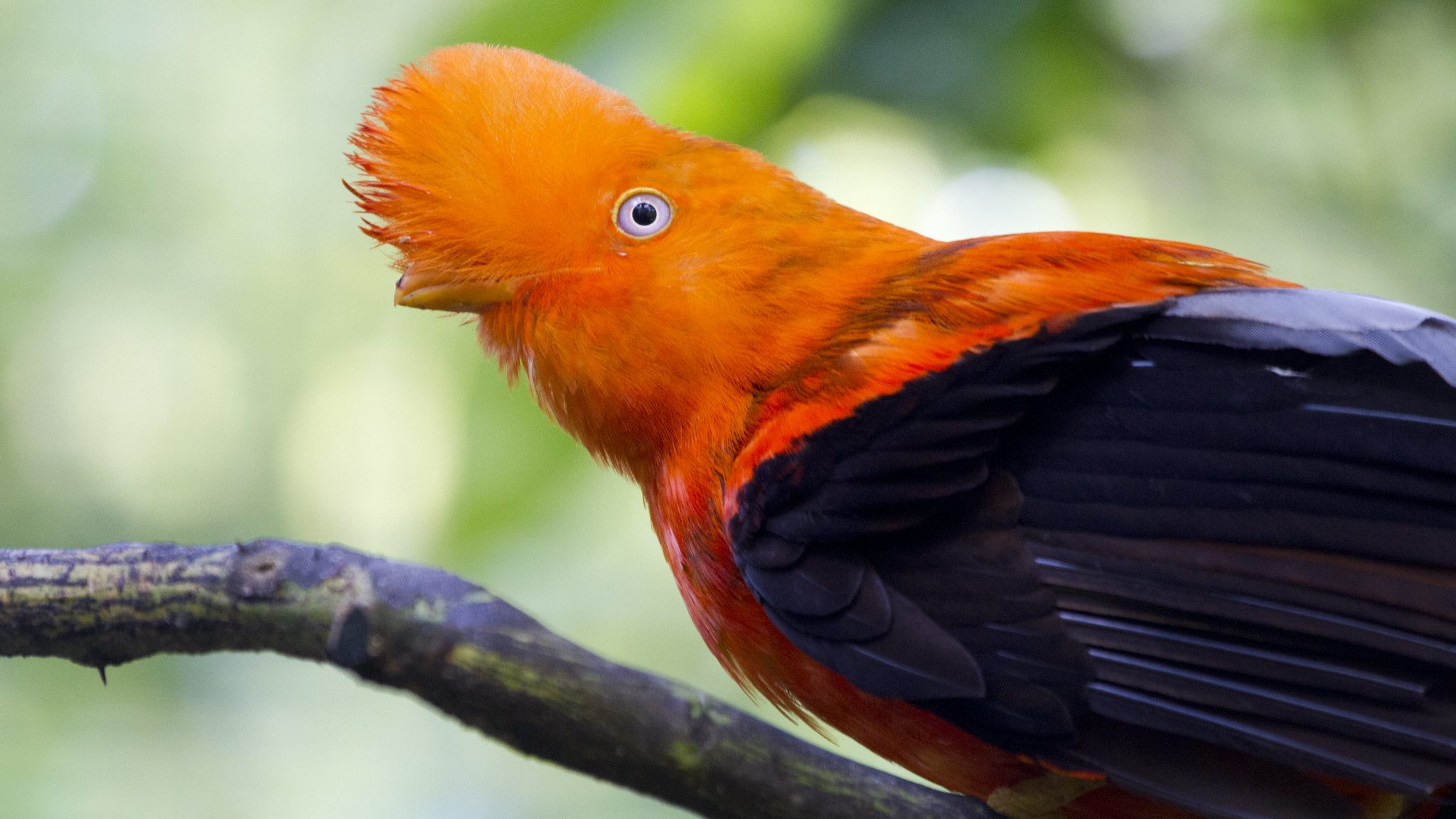
© Nathan Rupert / Flickr Peru opted out of the Andean condor trend set by many of its neighboring countries. Instead, it went with another species named for the local mountain range… the Andean cock-of-the-rock. Cock-of-the-rock are related to contingas. Males are brilliantly bright orange birds with a thick fan-like crest. Females are a subdued brown. The species is a cloud forest inhabitant.
Breeding occurs on communal lek sites where males display for potential mates. Nests are often constructed on rocks and ledges.
-
Barn Swallow
Austria & Estonia
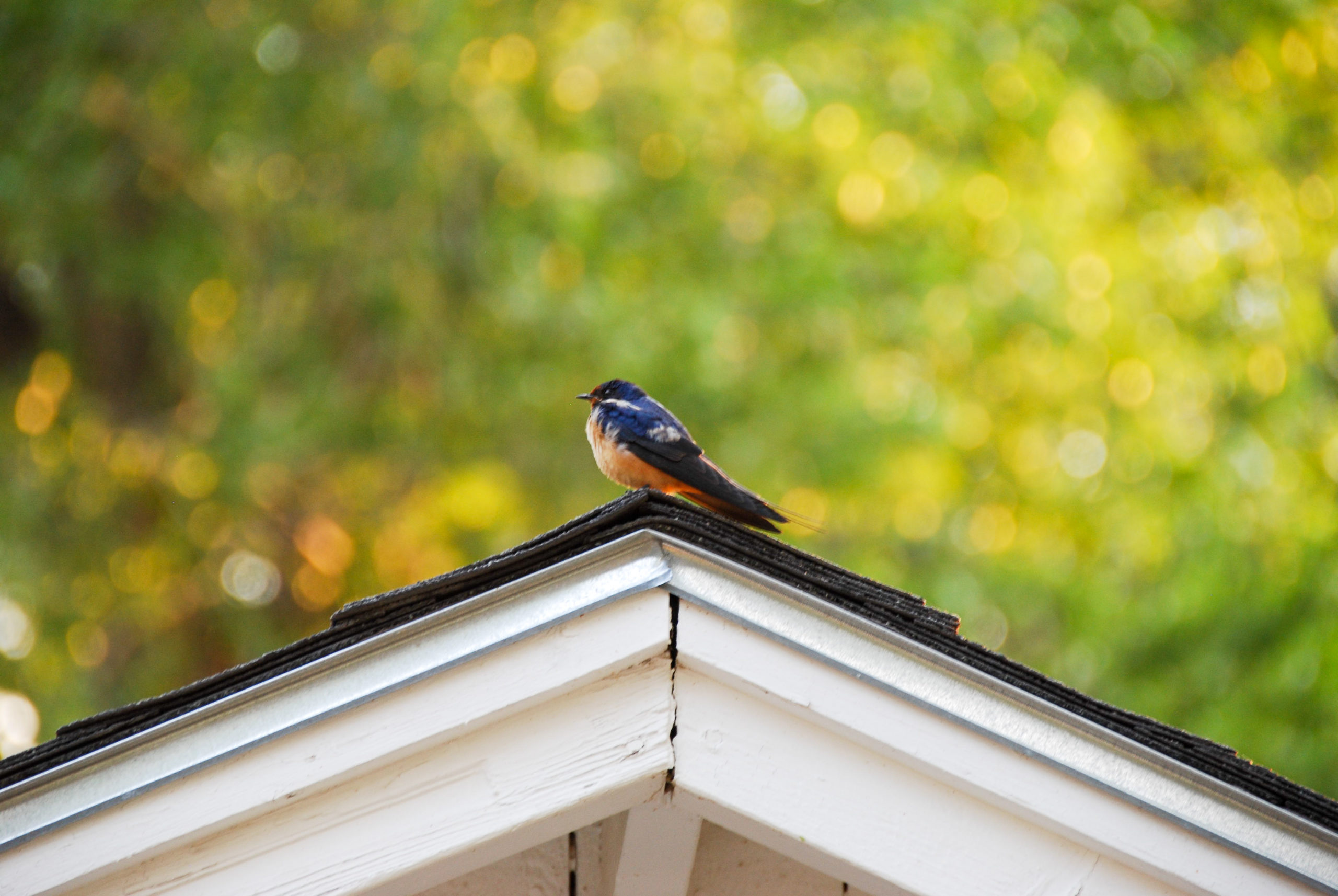
A barn swallow at the Medano-Zapata Ranch in the San Luis Valley, CO. © Chris Pague/TNC As noted, the national animal of Austria is the golden eagle, but they also have an official bird: the barn swallow. This swallow is also the recognized species for Estonia. The fork-tailed bird has been featured on stamps and currency and is a familiar flier.
Another name for the barn swallow is eaves swallow, both referring to the nesting habits of the bird building mud cups under roof rafters. Barn swallows mainly breed across the northern hemisphere and six subspecies are currently recognized.
-
Mute Swan
Denmark
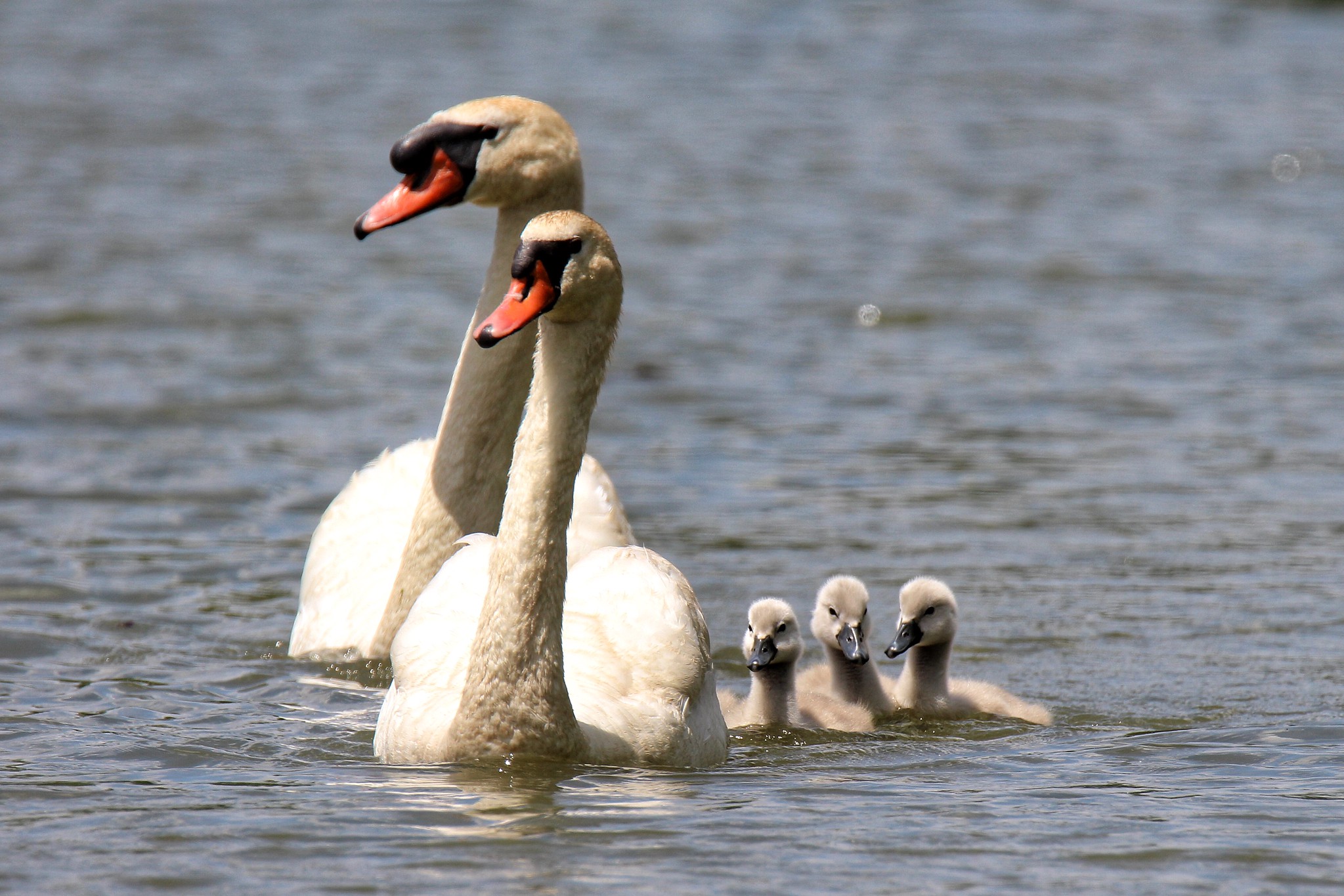
© Mark Moschell / Flickr In 1984, Denmark swapped out national birds moving from the skylark to the mute swan. Mute swans can be aggressive nonnative species in North America and elsewhere, but they are naturally occurring in Denmark.
The designation didn’t appear to be motivated by natural history though. Instead, the recognition is a nod to the bird made famous by Hans Christian Anderson in The Ugly Duckling. Like other countries, Denmark made this selection by polling the residents of the nation.
-
Chukar
Iraq & Pakistan
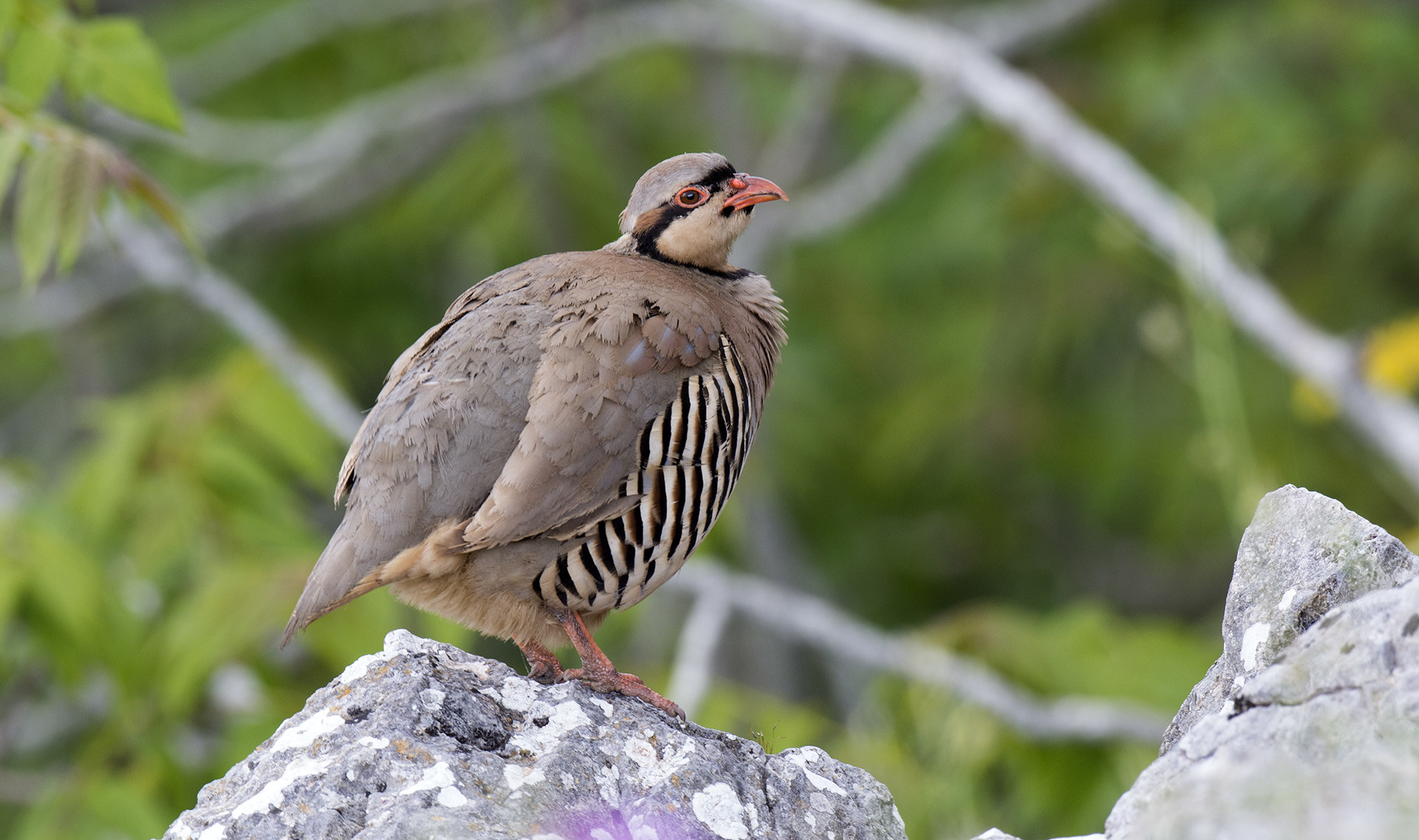
© Sergey Yeliseev / Flickr Chukar are native to the Middle East and southern Asia, but they have been widely established as gamebirds in the western United States, Hawaii, British Columbia, parts of Europe, and New Zealand.
The species is the national bird of both Iraq and Pakistan. The portly partridge is adapted to dry rocky habitats. They are as likely to run away as they are to flush in flight. The name chukar is based on the clucks these chicken-like birds utter, and the earliest references are in Sanskrit dating to 250-500 AD.
Feisty during the breeding season, males are occasionally kept as fighting birds in Iraq. In their native range, chukar are experiencing risks of genetic loss in part due to hybridization.
Top 10 List
-
Rhinoceros Hornbill
Malaysia
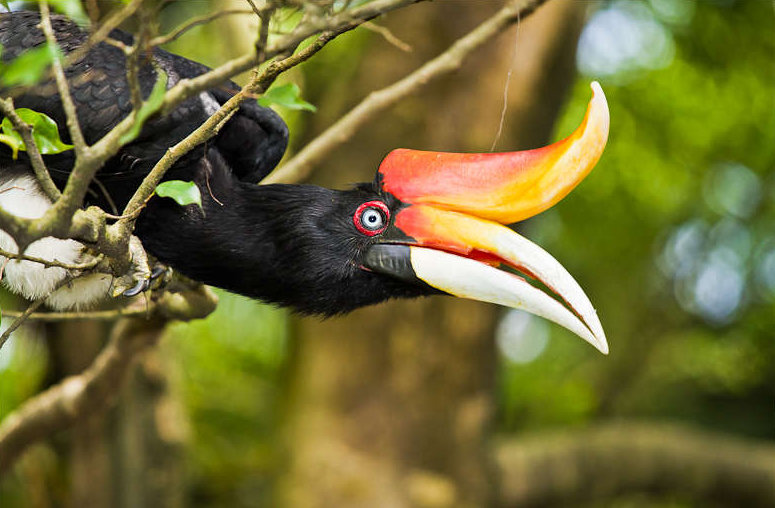
© AbZahri AbAzizis / Wikimedia Commons Malaysia has 10 species of hornbill, but the one that represents both the state of Sarawak and the country as a whole is the rhinoceros hornbill. It is also featured on the Malaysian ringgit currency.
Hornbills have two fused upper vertebrae which helps support their massive bills. One function the casque structure on the bill is thought to serve is to serve as an acoustic amplifier, broadcasting sound more widely through dense rainforest vegetation. Most hornbill species are facing serious threats, but researchers hope to use them as umbrella species to maintain forest health.
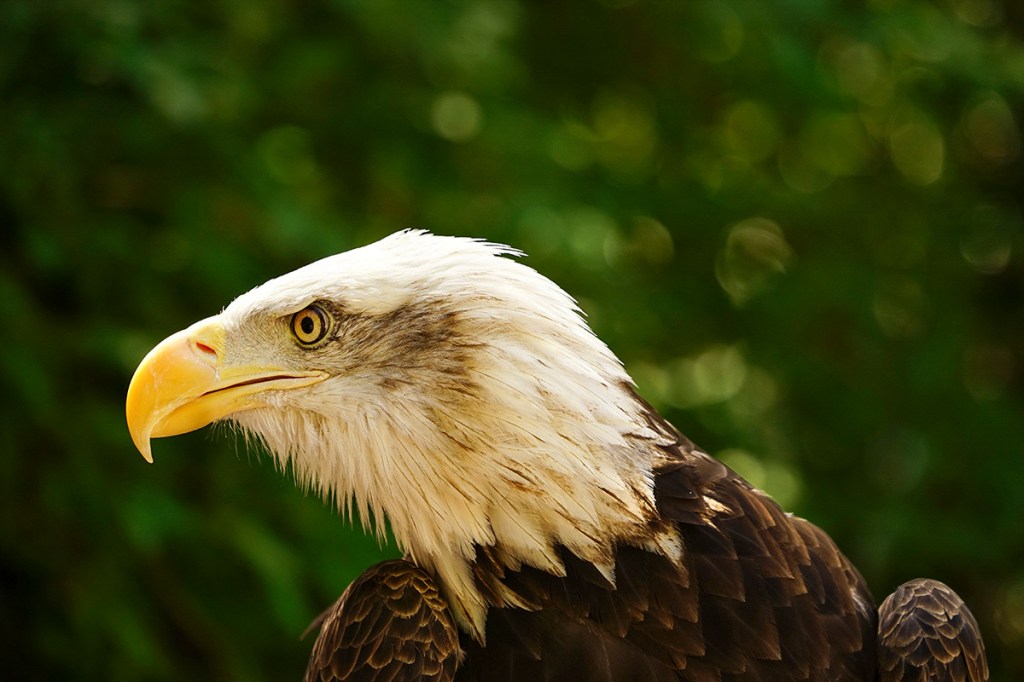



How did you miss the Guatemalan Quetzal in this writeup?
Very good article. I hadn’t known the national birds of most of these countries.
The Harpy Eagle of Panama is pretty spectacular too.
Cool article! Very interesting! Thank you!